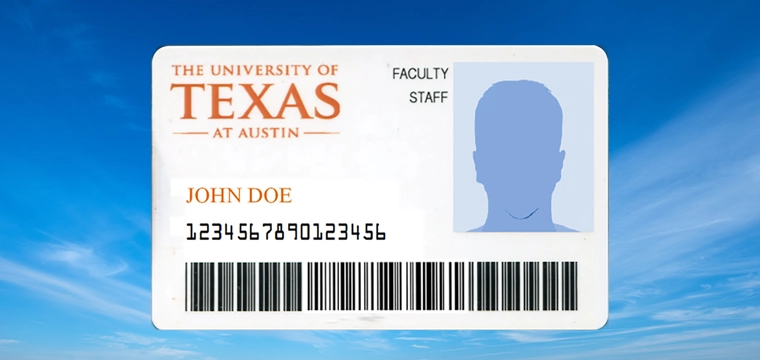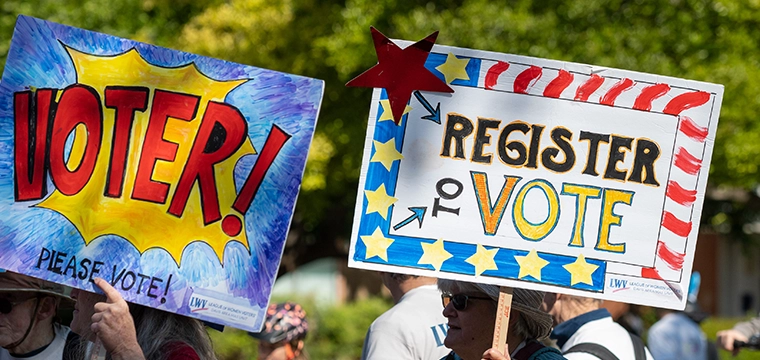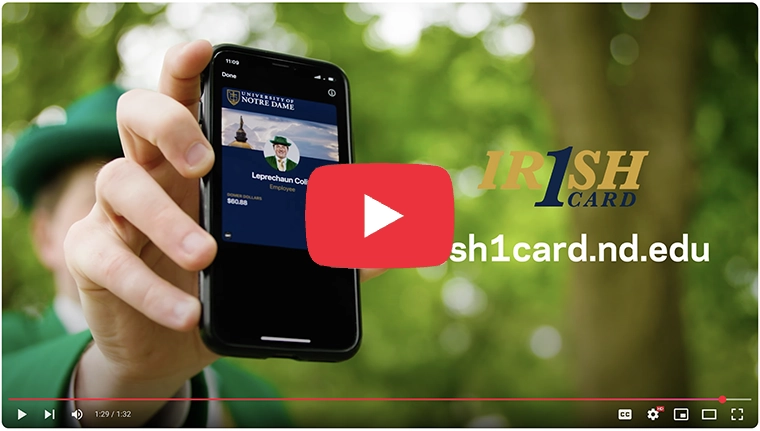
By Fred Emery, Director of Sales, Heartland OneCard
By now, most of us have heard about the “new” EMV payment cards. At least that’s the hope, as the transition to EMV in the United States is now well underway.
EMV, or Europay, MasterCard and Visa, is a set of worldwide standards for a payment card technology that uses computer chips embedded in credit and debit cards (called chip cards) to enable card payments.
EMV is focused on reducing fraud at the point of sale. EMV’s fraud protection enhancements are based on the chip card technology that adds dynamic data to the transaction stream, authenticating that the card is present at the point of purchase. Dynamic data is unique to each transaction.
The older magnetic stripe technology presents only static data that, once stolen, is easy to counterfeit. Because every card contains a unique chip, EMV cards are nearly impossible to economically counterfeit.
Another primary reason for EMV is the fact that credit card fraud has been on the rise in recent years. In 2014, the increase in the number of data breaches was notable, which led some to dub 2014 as “The Year of the Breach.”
These breaches were a result of attacks on point-of-sale (POS) systems for in-person payments. To help prevent fraud at the point of sale, a liability shift became effective on October 1, 2015. On that date merchants, who are considered the “weak link,” became responsible for fraudulent transactions that were made from an EMV chip card taken from a magnetic-swipe terminal instead of an EMV payment terminal. This upgrade in technology increases payment security and reduces the likelihood of fraud occurring with transactions at the POS.
However, this deadline is now being seen as a ramp up date for most, as experts estimate that 1.2 billion payment cards will have to be updated and 12 million POS terminals will require upgrades to accept them. Transitioning to EMV is complex and includes changes to merchants’ POS devices and payment software systems, as well as the software systems of their payment processors, acquirers and card issuers.
Unlike most payment security and fraud prevention upgrades, the transition to EMV cards is highly visible to the cards’ consumers. Not only does the EMV card have a visible symbol on the card (i.e. the chip), the consumer must change habits to use the new cards, as EMV cards are “dipped,” not “swiped.”
Now, instead of quickly swiping their card through a magnetic stripe reader, the consumer inserts the EMV card into the card device and leaves it there until the transaction has completed. Due to this new consumer behavior, almost all of today’s news in the public press centers on the shift to EMV for better POS security. So, in the public’s mind EMV may come to equal payment card security.
What’s more, there is a need for additional training to help staff and consumers adapt to a new style of “dipping” instead of “swiping” their cards. And the certification process to be EMV-compliant is a lengthy one. Each unique combination of card terminal device, device firmware level, payment software, and card brand and type must be certified individually.
Nonetheless, the combined benefits of reducing financial risk, improving data security, meeting student expectations and streamlining access to newer payment methods will quickly encourage institutions to transition to chip cards and the devices and systems that interact with them.
It is predicted that as national merchants move forward with implementing EMV, smaller to midsize businesses – including higher education – will become new targets for criminals. This means that your campus could be a prime target if you haven’t made the proper upgrades.
In the long run, colleges and universities will want to make the move to EMV to benefit from a reduction in card fraud, navigate fewer disputes, realize the opportunity to adopt new payment technology, and vitally, reaffirm to students and parents that their campus remains a safe place to conduct commerce.




